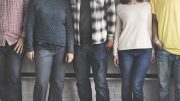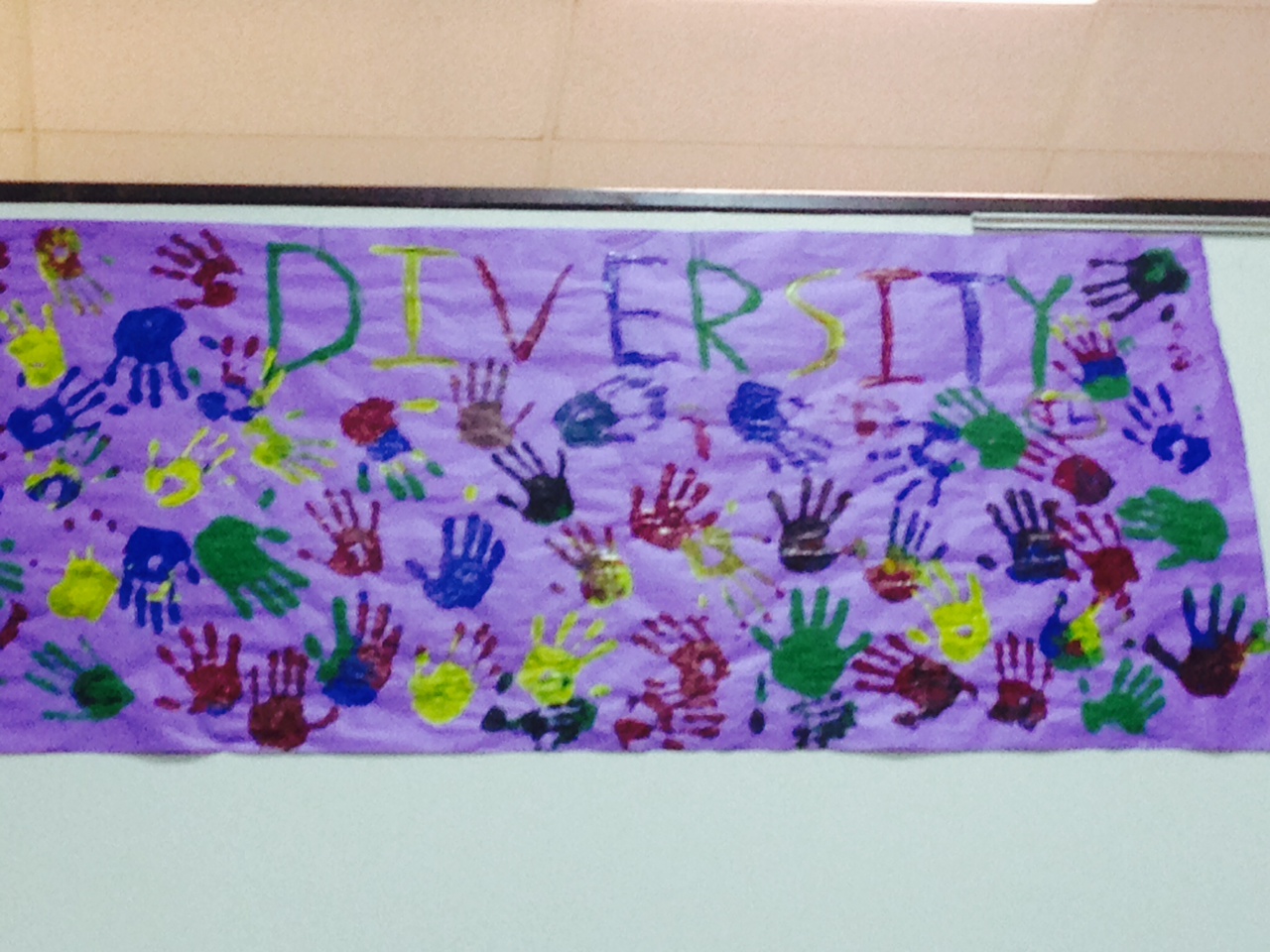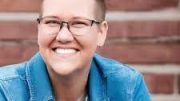The Council for Campus Equity (CCE) recently received the data collected from this past March’s Diversity Climate Survey, which gathers information about the ways that students feel safe or unsafe here at IMSA concerning their race, ethnicity, gender expression, sexual orientation, political views, socioeconomic status, etc. For a view of the full report, check here.
The Acronym sat down with CCE to give a brief overview of the most important points reflected in the data and then discussed what CCE is doing to improve some of the most worrying conditions observed. We’ll also mention how the IMSA community can get involved in CCE projects, give feedback on what work CCE is doing, or even create your projects under CCE.
Note: Non-binary gender identities are listed in the Diversity Climate Survey as “Non-traditional,” which does not reflect current terminology. If this or anything else in the survey makes you feel uncomfortable and you want to share or share any other thoughts, please fill out the CCE Submission Box.
Key Information and Analysis
Number of times that students skipped class due to feeling unsafe, by race:

Notice that Latine and Black students were more likely to skip class due to feeling unsafe than their peers, which aligns with the studies provided by Science Direct.
Number of times that students skipped class due to feeling unsafe, by gender:

Non-binary students were more likely to skip class due to feeling unsafe than their peers.
Number of times that students skipped class, by sexual orientation:

Notice that non-heterosexual students were more likely to skip class due to feeling unsafe than their peers.
The above data suggests that Black, Latine, non-binary, and non-heterosexual IMSA students were all more likely to skip class because they felt unsafe at school. This experience makes sense given recent research: a national survey recently found that high school students reported increased experiences of missing school because of not feeling safe. Given these findings, IMSA must work towards making classrooms safer for Black, Latine, and LGBTQ+ students.
Similar trends were observed for Residential Life programming, in that Black, Latine, non-binary, and non-heterosexual IMSA students were more likely to feel unsafe during Res Life programming or club/extracurricular events than their peers.
Number of times feeling unsafe during Res Life programming or club/extracurricular events, by race:

Notice that Black and Latine students, and students of more than one race, were more likely to feel unsafe during Res Life programming or club/extracurricular events than their peers.
Number of times feeling unsafe during Res Life programming or club/extracurricular events, by gender:

Notice that non-binary students were more likely to feel unsafe during Res Life programming or club/extracurricular events than their peers.
Number of times feeling unsafe during Res Life programming or club/extracurricular events, by sexual orientation:

Notice that non-heterosexual students were more likely to feel unsafe during Res Life programming or club/extracurricular events than their peers.
Seeing these continued biases towards the same groups at IMSA — not only academically, but as a community and in our programs and clubs— shows IMSA must work towards making classrooms safer for Black, Latine, and LGBTQ+ students.
Frequency with which various offensive remarks are heard:

Notice that some of the most frequently heard remarks were homophobic and sexist, which corresponds with the above data about students feeling unsafe due to their identities.
As shown in recent research, LGBTQIA+ students frequently experience negative and hostile school climates, including bullying and discrimination based on their identity, leading to a disconnection in the school climate and threatening student’s well-being. Because of this and the data above, IMSA students, especially POC and LGBTQIA+ identifying students, are more vulnerable to disengaging from school and student body activities, which reduces the chances of nurturing a safe community.
Reasons for feeling unsafe in school:

Body size/weight, gender, race/ethnicity, gender expression, and sexual orientation were the most common reasons for students feeling unsafe at school.
A 2021 study conducted by researchers at the University of Turku shows that students feeling unsafe at school were often associated with victimization and mental health difficulties, including depressive symptoms and suicidal behavior. School climate has been associated with academic performance; when students have a positive perception of the school climate, they perform better academically. If IMSA wants to create an equitable learning environment and improve students’ academic performance, it must address the issues that make students feel unsafe on campus.
What does this data mean?
Okay, I understand that there are issues at my school… but what can I do to make students feel safer at school? It’s a valid thought some may have — it isn’t always clear how we as individuals can make any significant change, because these are broader, societal problems.
Nevertheless, we can recognize that societal change originates in individuals brave enough to make changes on their own. So: Take some time for yourself or with a trusted friend or a few, and consider how you might be contributing to feeling unsafe among IMSA students. “Have I ever remarked, even as a joke, that might have made someone feel unsafe? Have I ever acted in a way that made someone feel unsafe? What deep-seated biases might I have that I need to work on? How can I make sure I am aware of those biases so that I don’t let them manifest themselves in ways that make others feel unsafe?”
If all of us, as individuals and small communities, take these questions seriously, we can turn IMSA into the type of space where everyone can truly thrive without feeling unsafe due to bias.






Be the first to comment on "Diversity, Bias, and Safety at IMSA: A Review of last year’s Diversity Climate Survey"